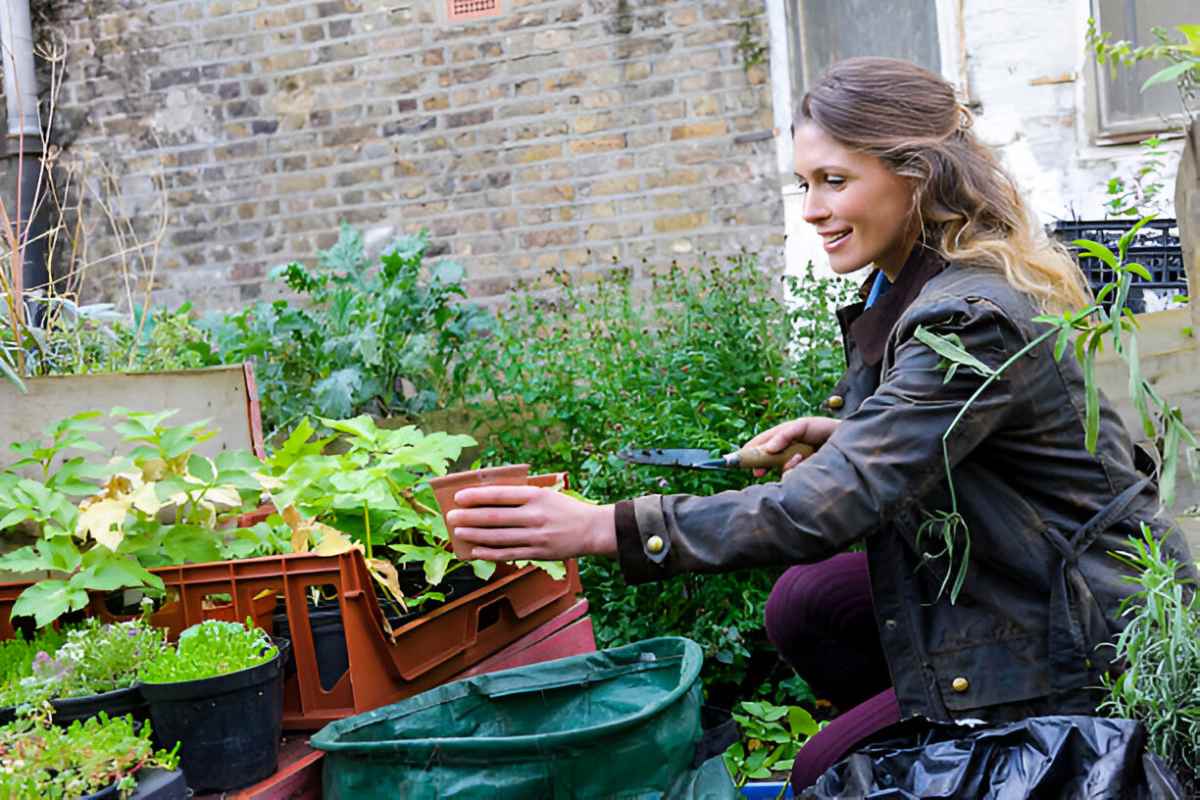Summer’s warmth fades, leaving gardeners pondering their next steps. What better time to revitalise your allotment? Experienced gardeners know that post-summer preparation is key to a flourishing allotment year-round. Let’s explore essential maintenance tasks, tips for transitioning your garden, and must-plant flowers for autumn.
Table of Contents
Rejuvenate Your Soil
Nourish for Next Season
Start by replenishing the nutrients. Add compost or well-rotted manure to enrich the soil. This natural fertiliser will enhance soil structure and fertility, preparing it for autumn and winter crops.
Conduct a Soil Test
Conduct a soil test to determine pH levels and nutrient content. Adjust pH levels with lime if too acidic or sulphur if too alkaline. Knowing your soil’s deficiencies helps in targeting amendments more effectively.
Mulch to Protect
Apply a thick layer of mulch to retain moisture, suppress weeds, and protect plant roots from cold. Organic mulches like straw or leaf mould decompose over time, adding organic matter to the soil.
Clear Out the Old
Remove Spent Plants
Clear out any summer vegetables that have finished producing. Removing spent plants prevents disease and pests from lingering in your allotment.
Compost Organic Waste
Add healthy plant debris to your compost bin. Diseased plants should be disposed of properly to avoid contaminating your compost pile.
Tidy Up Borders and Paths
Weed and clean up the edges of your allotment. Keep paths clear and define borders with a fresh layer of bark or gravel to maintain a tidy appearance.
Plan Your Autumn Planting
Choose Cold-Hardy Crops
Select vegetables that thrive in cooler temperatures. Spinach, kale, and winter radishes are excellent choices. These crops not only withstand the cold but often taste better after a frost.
Plant Cover Crops
Cover crops like clover or winter rye protect the soil from erosion and improve fertility. They fix nitrogen in the soil, making it available for future crops.
Start a New Compost Heap
Autumn is an ideal time to start a new compost heap. Gather fallen leaves, grass clippings, and kitchen scraps. Turn the compost regularly to speed up decomposition.
Essential Allotment Maintenance
Repair Structures and Tools
Inspect and repair garden structures like trellises, greenhouses, and raised beds. Clean, sharpen, and oil your gardening tools to prolong their life and efficiency.
Maintain Irrigation Systems
Check hoses, sprinklers, and drip lines for leaks or blockages. Properly functioning irrigation systems ensure that your autumn crops receive consistent moisture.
Prune Perennials
Cut back perennials to encourage healthy growth in the spring. Remove dead or diseased branches and shape plants to maintain their form.
Flowers to Plant in Autumn
Hardy Annuals
Plant hardy annuals like pansies, violas, and snapdragons. These flowers for autumn planting can withstand the cold and will provide colour throughout the autumn and winter months.
Spring Bulbs
Now is the perfect time for autumn planting bulbs such as daffodils, tulips, and crocuses. They require a cold period to bloom beautifully in the spring.
Perennial Divisions
Divide and replant perennials like hostas, daylilies, and irises. This not only rejuvenates the plants but also fills in gaps in your allotment garden.
Pest and Disease Management
Monitor for Pests
Keep an eye out for pests such as slugs, aphids, and caterpillars. Regularly inspect plants and use organic pest control methods like neem oil or diatomaceous earth.
Prevent Fungal Diseases
Ensure good air circulation by spacing plants appropriately. Remove and dispose of any infected plant material to prevent the spread of diseases like powdery mildew and rust.
Use Crop Rotation
Practice crop rotation to reduce the buildup of soil-borne diseases and pests. Rotating crops also helps maintain soil fertility by varying nutrient demands.
Prepare for Winter
Protect Delicate Plants
Use cloches, row covers, or cold frames to protect tender plants from frost. These structures create a microclimate that extends the growing season.
Mulch Over Winter Crops
Mulch around winter crops to insulate the soil and maintain a steady temperature. This helps prevent soil heaving and keeps roots from freezing.
Store Harvest Safely
Harvest and store root vegetables like carrots, beets, and potatoes in a cool, dark place. Proper storage ensures you enjoy your harvest well into the winter months.
Sustainable Gardening Practices
Collect Rainwater
Install rain barrels to collect rainwater for irrigation. This sustainable practice reduces water bills and provides chemical-free water for your plants.
Utilise Compost
Incorporate compost into your soil to improve structure and fertility. Homemade compost reduces waste and provides a rich, nutrient-dense amendment.
Practise No-Till Gardening
Consider no-till gardening to preserve soil structure and microbial life. This method reduces erosion and improves water retention, promoting a healthier garden ecosystem.
Reflect and Plan Ahead
Evaluate the Season
Reflect on what worked well and what didn’t in your allotment over the summer. Keeping a gardening journal helps track progress and plan improvements for the next season.
Set New Goals
Set achievable goals for the coming seasons. Whether it’s trying new plants, improving soil health, or enhancing aesthetics, having clear objectives keeps you motivated.
Final Thoughts
Preparing your allotment for autumn helps set the stage for a bountiful year ahead. By rejuvenating your soil, clearing out old plants, and planning for the next season, you’ll ensure a healthy and productive allotment. Remember, the efforts you put in now will pay off in beautiful blooms and abundant harvests. Happy gardening!

